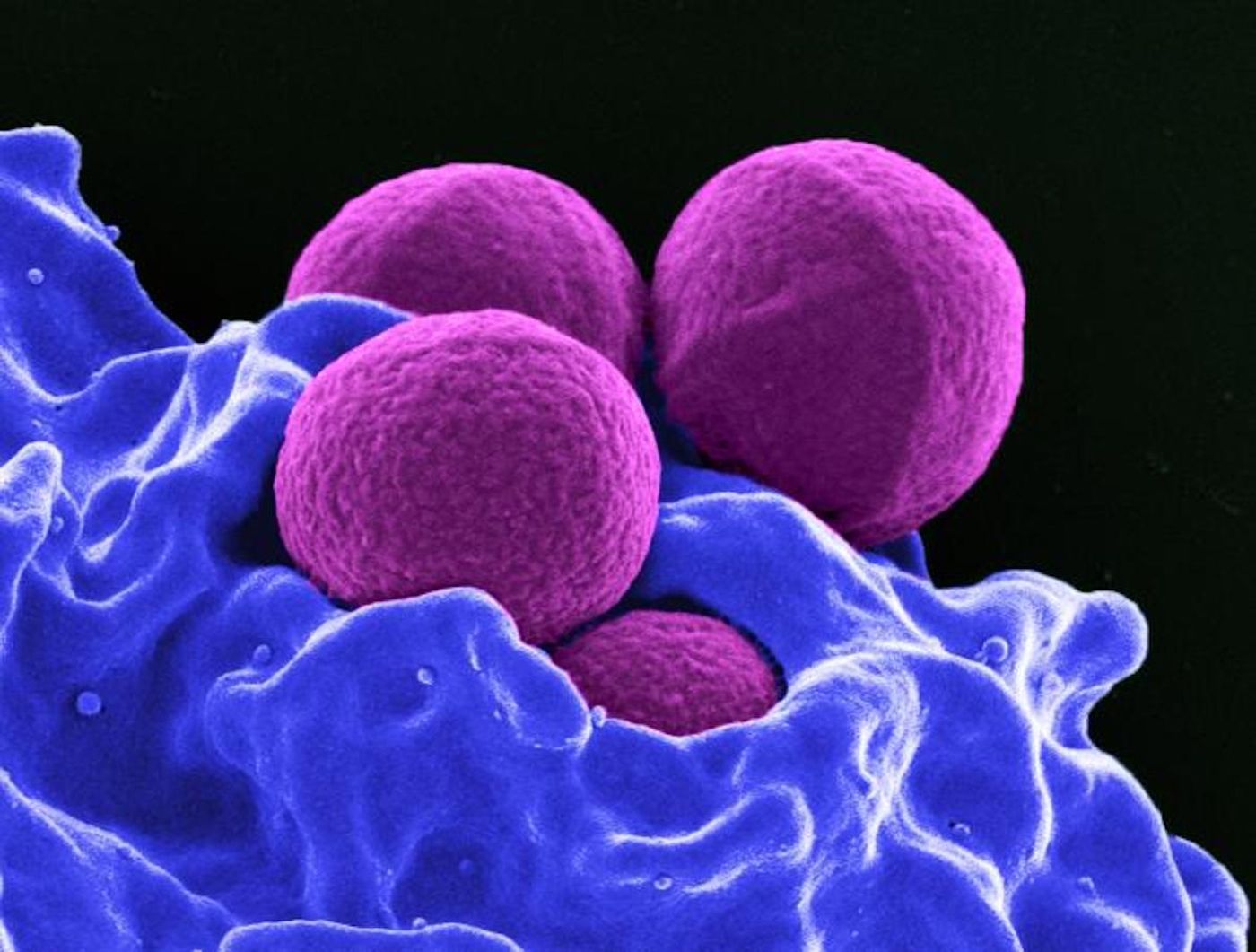A Strategy to Improve the Efficacy of Antibiotics
For many years, scientists and experts have warned about a building crisis - antibiotics are becoming less reliable; bacteria are gaining resistance against commonly used drugs and infections are getting tougher to treat effectively. It's not easy to create new drugs, and the process is not only time consuming but very expensive. Scientists are still searching for potential new antimicrobials, and are also looking for ways to make bacteria more susceptible to the medicine we already have and use. Scientists have now learned how it may be possible to make drug-resistant microbes vulnerable to antibiotics.
When the body's immune system detects an infection, it naturally mounts a response that includes attracting immune molecules and cells to the site to battle the pathogen. Chemoattractants can draw cells called neutrophils, which can envelop and destroy bacteria.
Reporting in Nature Communications, scientists have found a way to attract more immune cells and make the natural response more effective. In this work, a chemoattractant called formyl peptide was linked to a bacteria-binding antibiotic called vancomycin.
“We’ve been working on using dual function antibiotic-chemoattractant hybrids, which improve the recruitment of neutrophils and increase the engulfing and killing of the bacteria,” explained study co-author Dr. Jennifer Payne of EMBL Australia and the Monash Biomedicine Discovery Institute.
The researchers tested this new molecule on a model of golden staph infections that are known to be difficult to eliminate.
“Microfluidics was groundbreaking for this research, as it allowed us to generate an infection-on-a-chip to monitor the recruitment of human immune cells, and observe in real-time how our immunotherapeutic enhances their ability to kill MRSA. Just like what would happen in our body,” said Payne.
The immune system is good at its job, and this "immunotherapeutic antibiotic" was found to be twice as effective when used in a mouse model of infection when compared to treatment with a normal antibiotic, and it did so at a dose that was 80 percent lower, the researchers noted.
The researchers are now seeking partners to plan clinical trials; the aim is to create a strategy for protecting those in intensive care with a preventive antibiotic approach.
Sources: Monash University, Nature Communications









